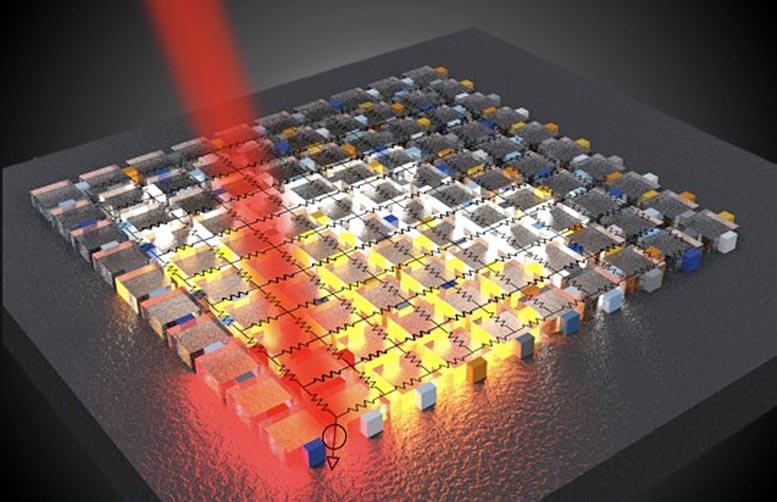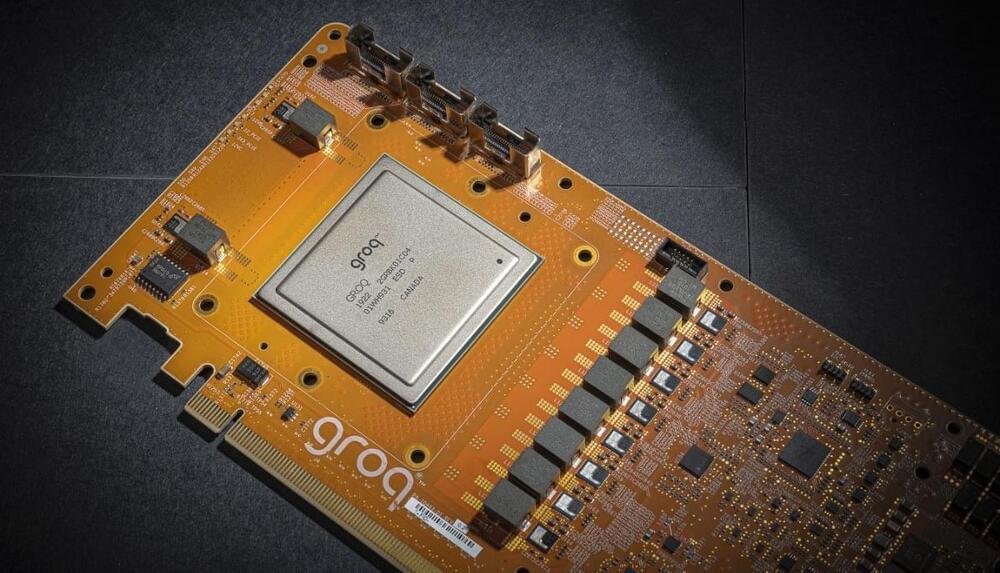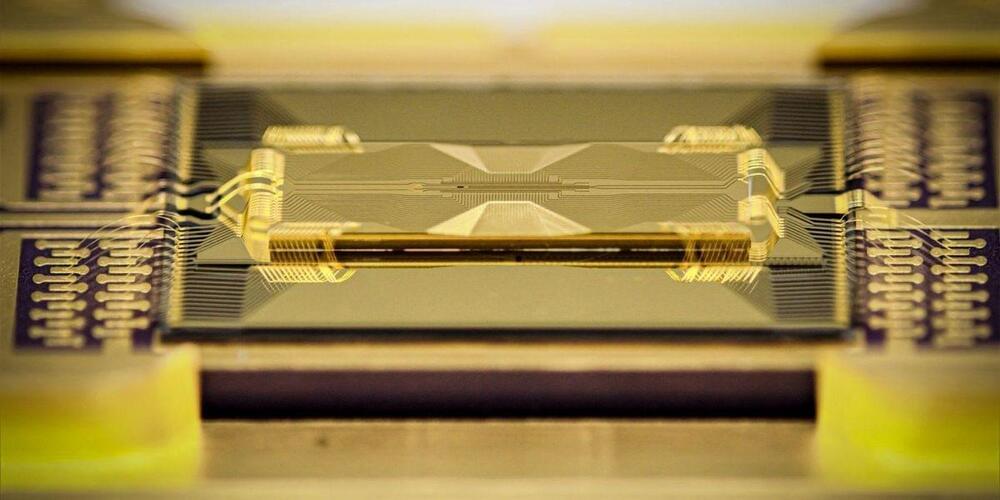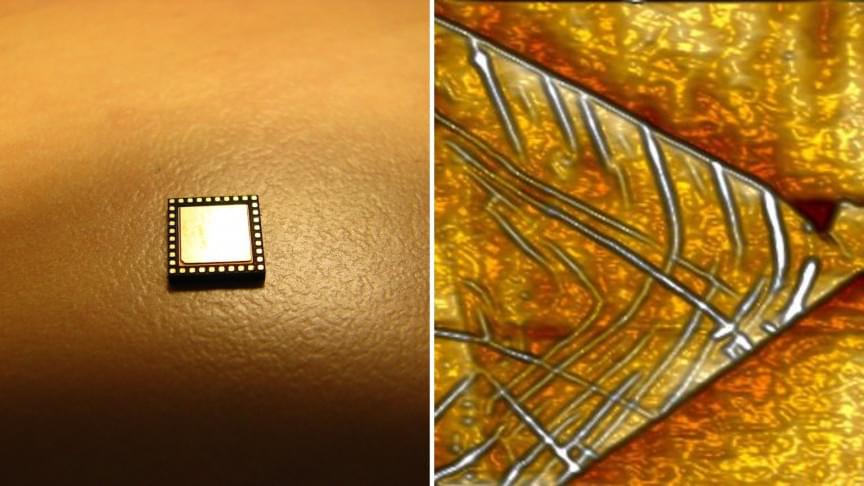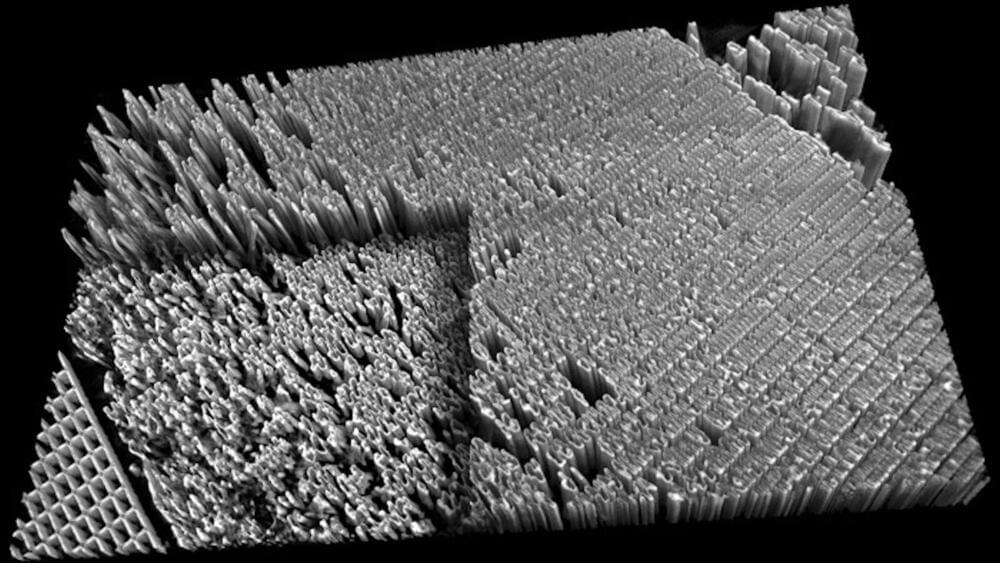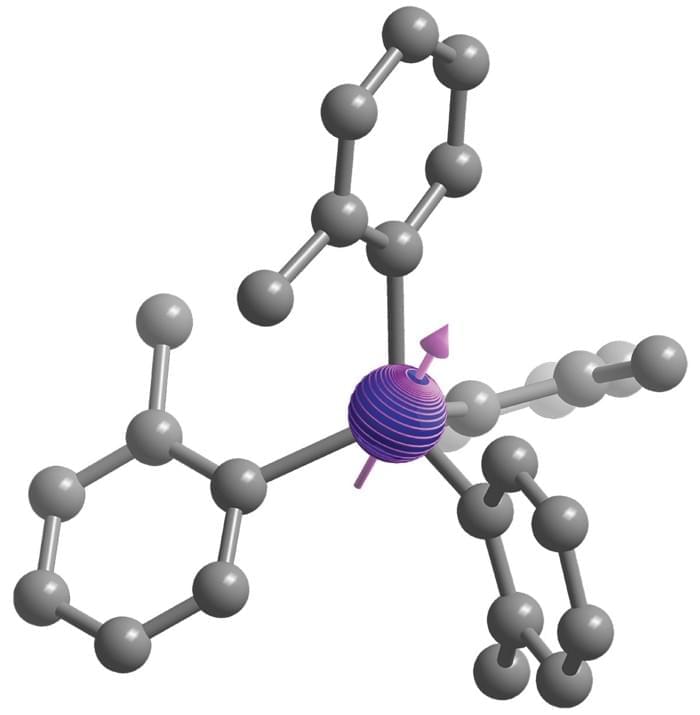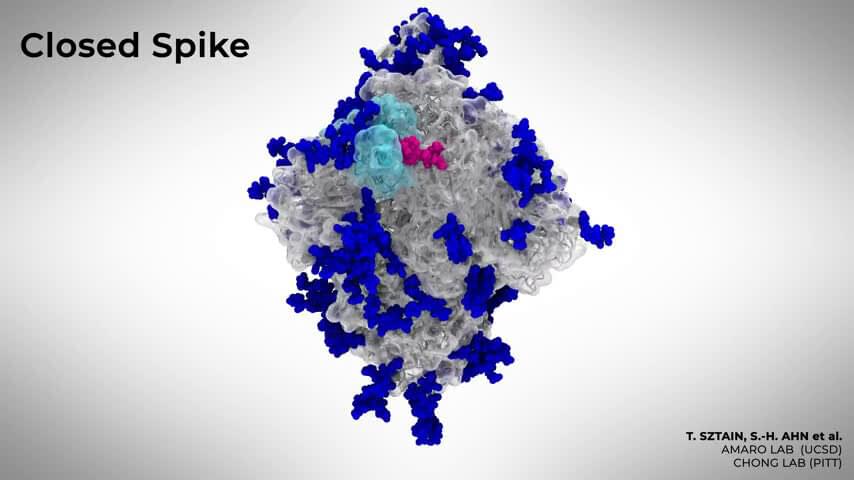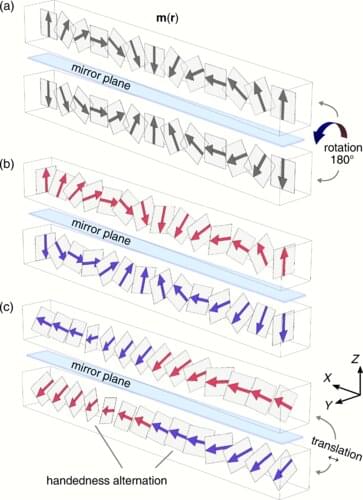Tesla and SpaceX CEO Elon Musk is highly concerned about lack of competition if Nvidia acquires British chip designer ARM for $54 Billion according to The Telegraph.
Nvidia Corporation is an American multinational technology company which designs graphics processing units for the gaming and professional markets and mobile computing. Arm Limited is a British Technology company primarily involved in design of ARM processors. Nvidia as of today seeking approval of the $54 Billion acquisition of ARM from US authorities and EU.
According to Telegraph, Elon Musk expressed concern right after Amazon and Samsung Electronics has lodged opposition to the deal with U.S. authorities. Few months ago U.S. Federal Trade Commission opened an in-depth probe into the takeover.


